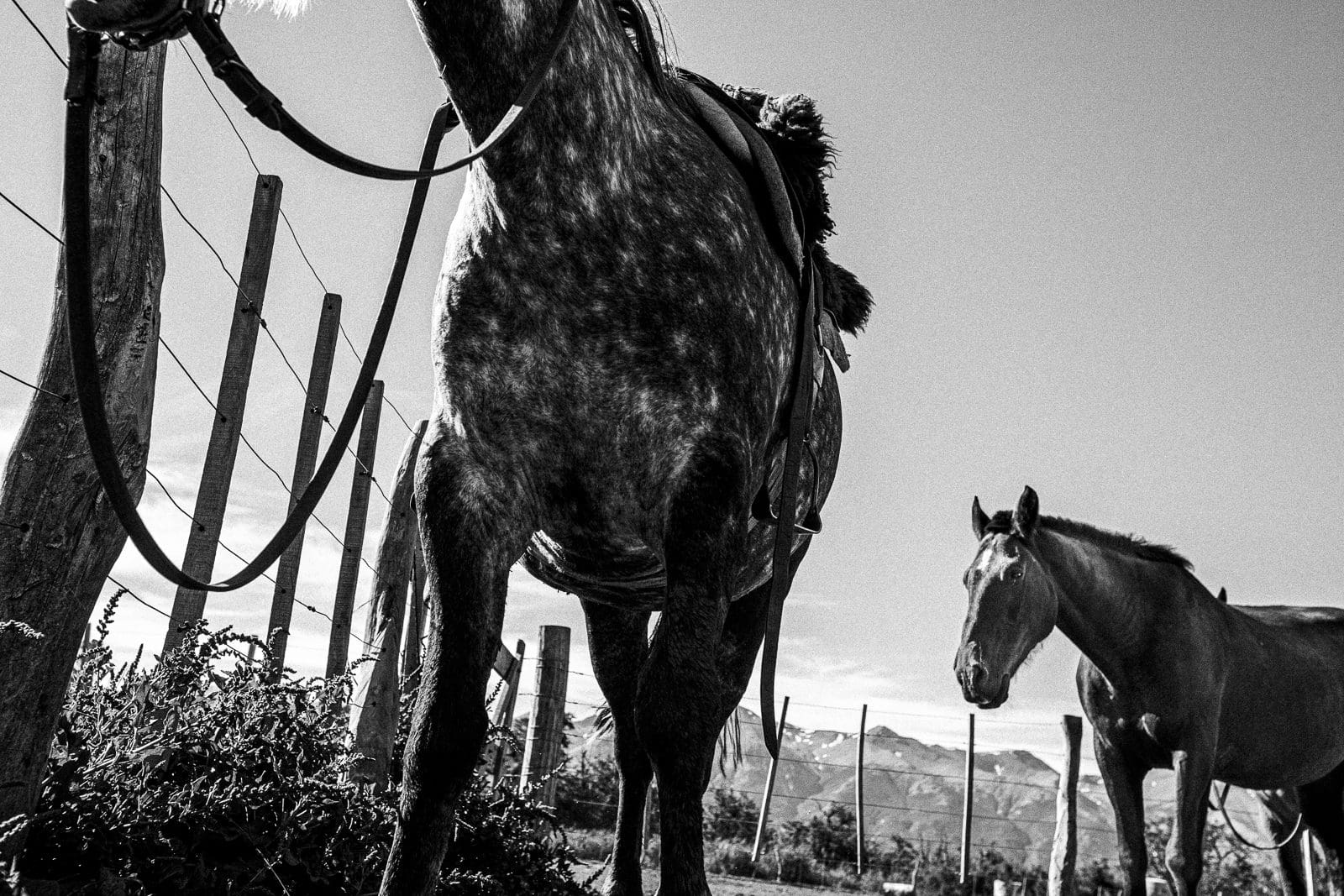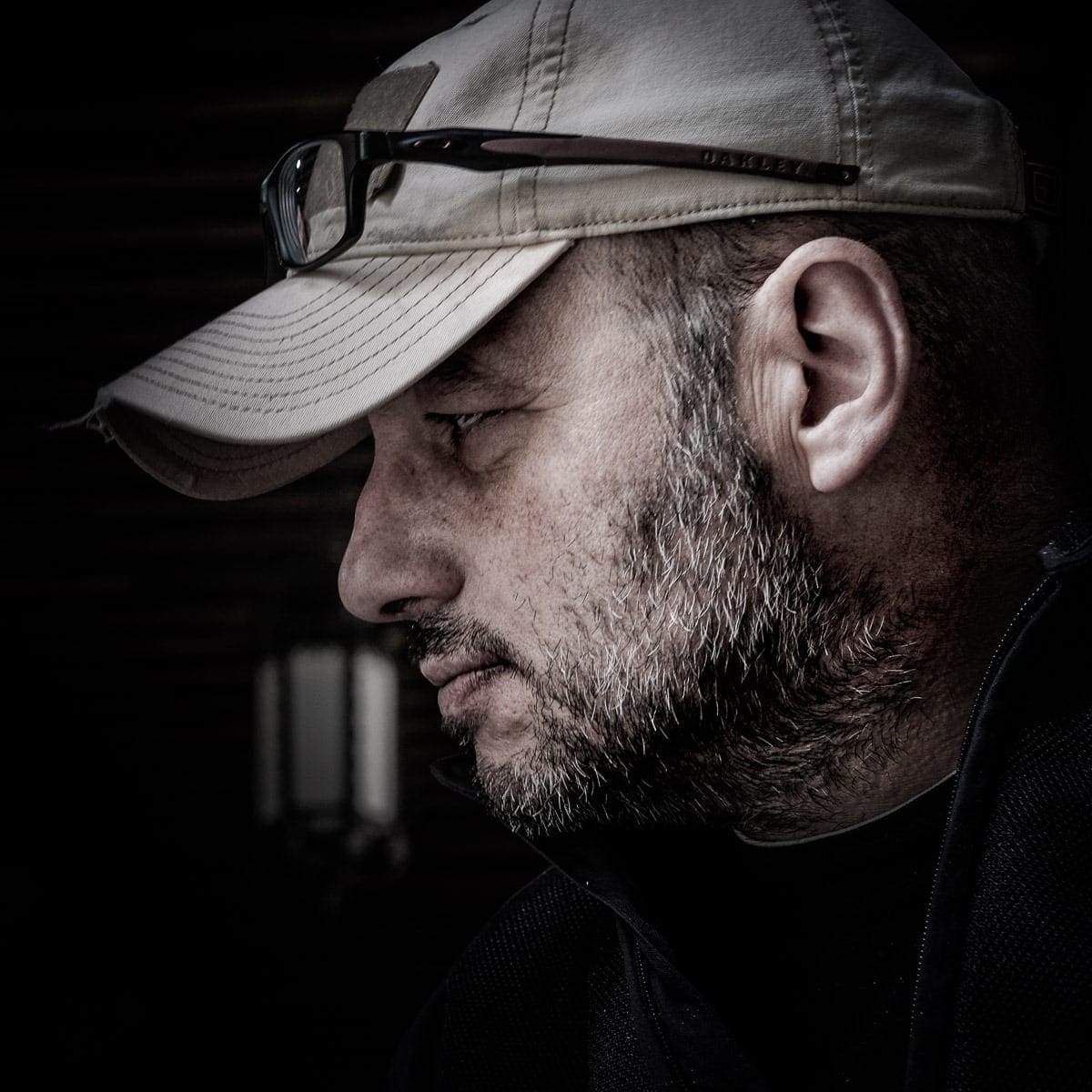Minimum Stories are the stage of a journey, of an encounter with the men who breathe the wind of the land at the end of the world. They are small stories told in a whisper. Simple, sometimes anachronistic, perhaps trivial, but always sincere. They are stories heard around a fire with Mate – the sacred drink of Argentine hospitality – passing from hand to hand during a long night in the Patagonian pampas.
As if they were a part of everyone’s story: that time in our lives when we spoke and listened to the most intimate part of ourselves.
It happened to Thomas, who came from faraway Cornwall, to feel less lonely and leave all his thoughts to his beloved horses. To Ricardo, the gatekeeper of that land where life is given and taken away. To Javier, Bernardo and Santiago: tiny stories like small and frightened are the eyes of their sheep.
But they are still stories of giants, of patagons: beings with big feet.
[…] and Patagonia is the right place to start getting lost in deep-rooted certainties, taking the privilege – at least once – to live in doubt.

The Land of Giants
Patagonia stretches between Chile and Argentina for more than 900,000 km2. It is a region with vast plains and slight plateaus, little vegetation and is almost uninhabited (2 inhabitants per km2) also due to the constant cold winds and hard soil.
It has always fuelled the imagination and passion of travellers and writers. One of the first European explorers, Magellan, gave its inhabitants the name Patagão probably because of their height and customs that were considered primitive: they dressed in skins and ate raw meat. There is no other region like Patagonia, capable of enchanting with its infinite horizons and making even the most astute traveller lose or find himself again.
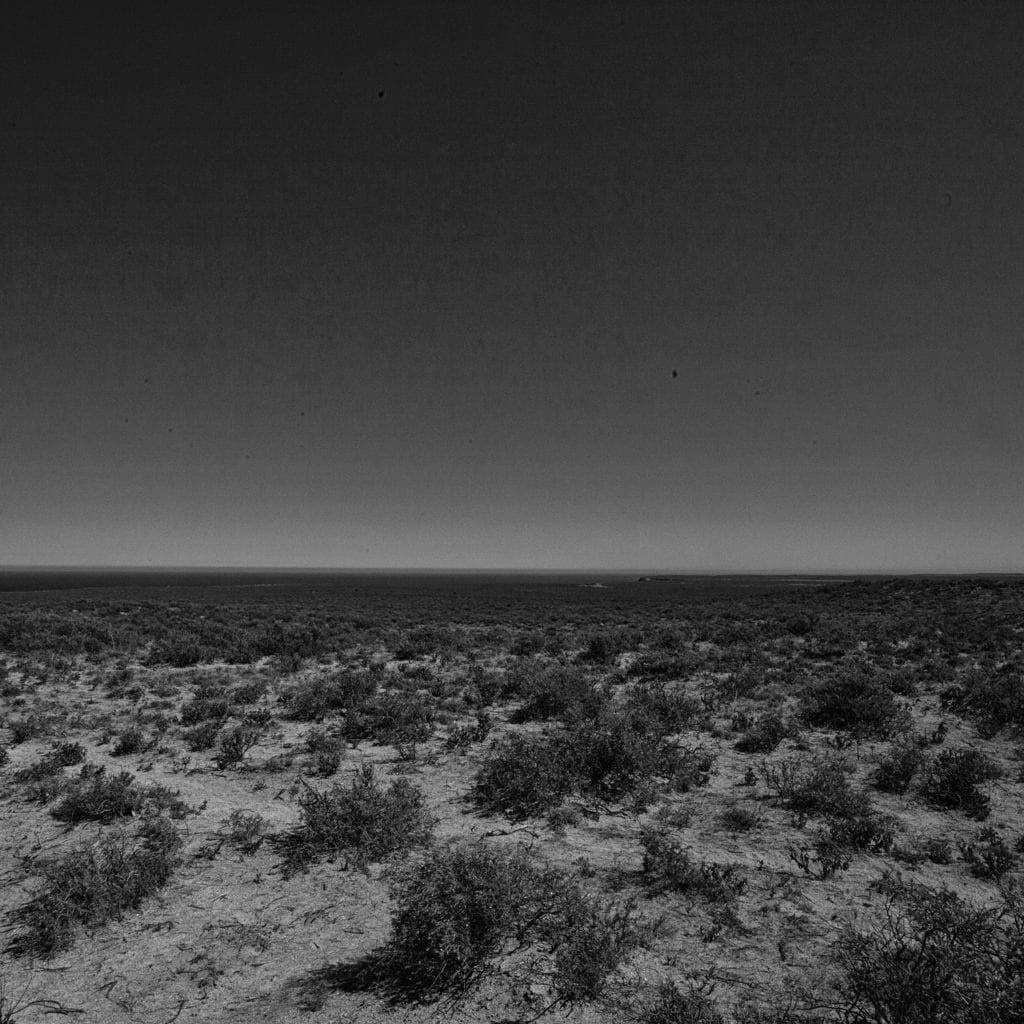
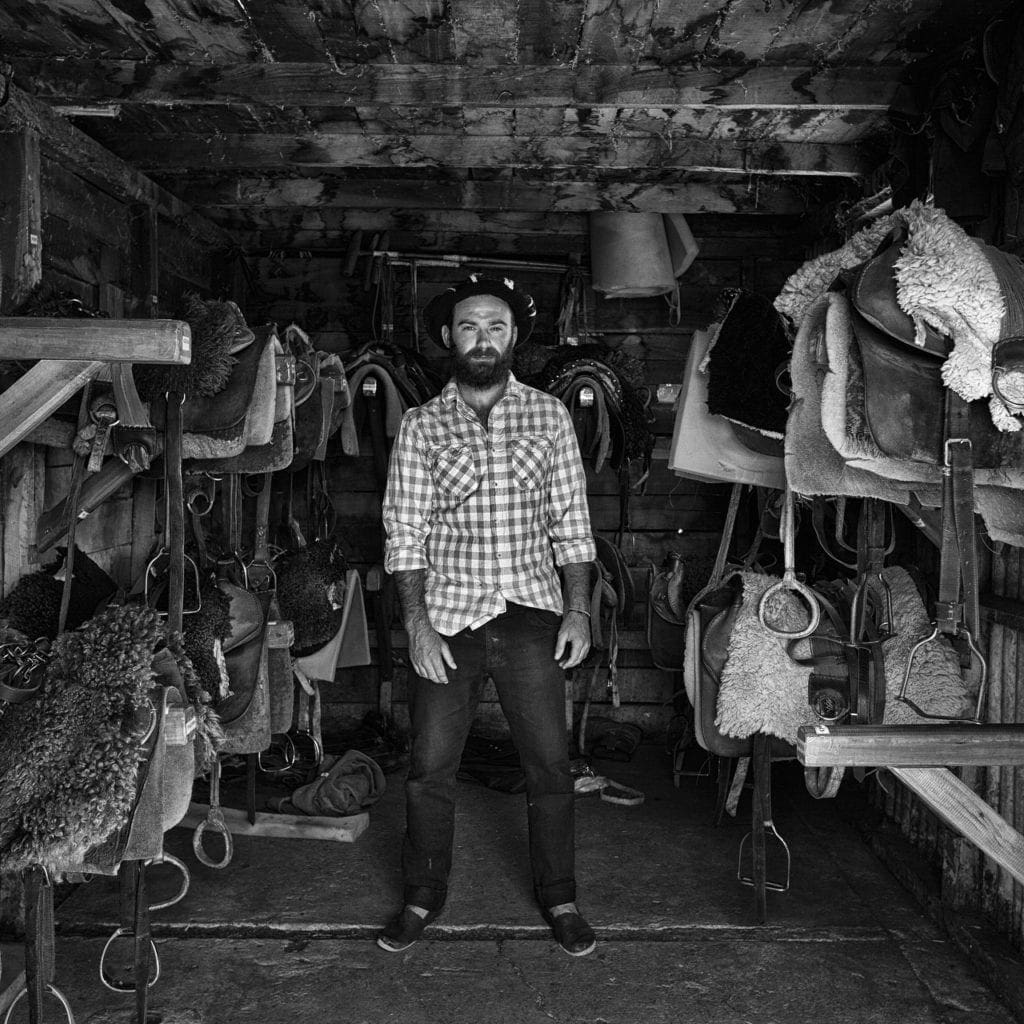
THOMAS and his horses
In Cornwall, he raised horses. He saw them being born and grew up with them.
Inheriting knowledge from his father, he knows everything about them: the atavistic names –not those given by humans– their sense of freedom and the wild streak that pulses in every thoroughbred.
Thomas is 24 years old, and besides horses, he loves to draw. He came from Europe with one great desire: to listen to the sound of the silence of a boundless land that has fueled the imagination of many generations before him and, after absorbing every single silent note, to find himself able to draw a single straight line in his notebook. That line his eyes daily discover on the horizon.
Patagonia is also known for its immense grasslands that allow natural cattle and sheep ranching. There is a solid presence of horses in the wild, especially in the lands in the foothills of the Andes on the Chilean border. On the many farms(estancias) throughout the region, slaughtering according to ancient native methods is still customary. This practice involves a blade slashing the animal’s throat, which is then hoisted up by the hind legs so that the blood can drain out, and then the animal is skinned and slaughtered.
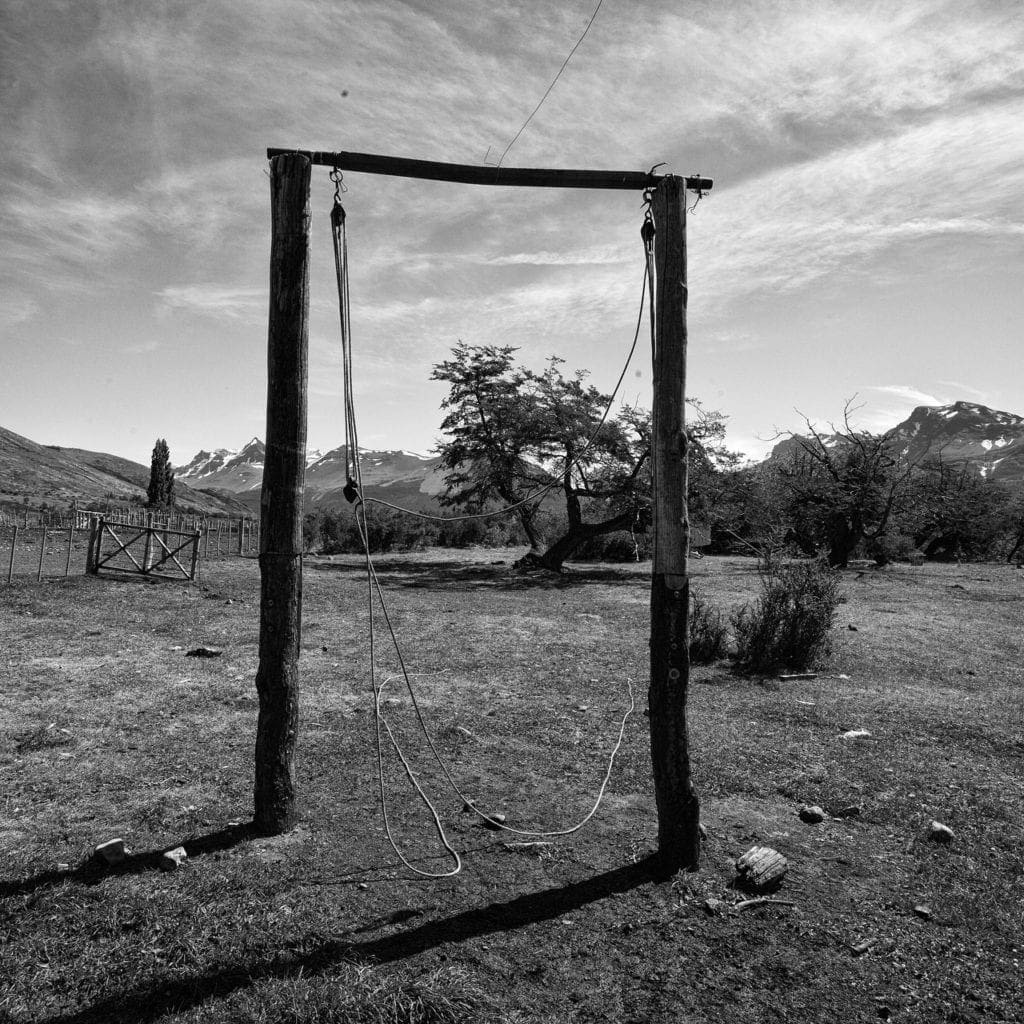
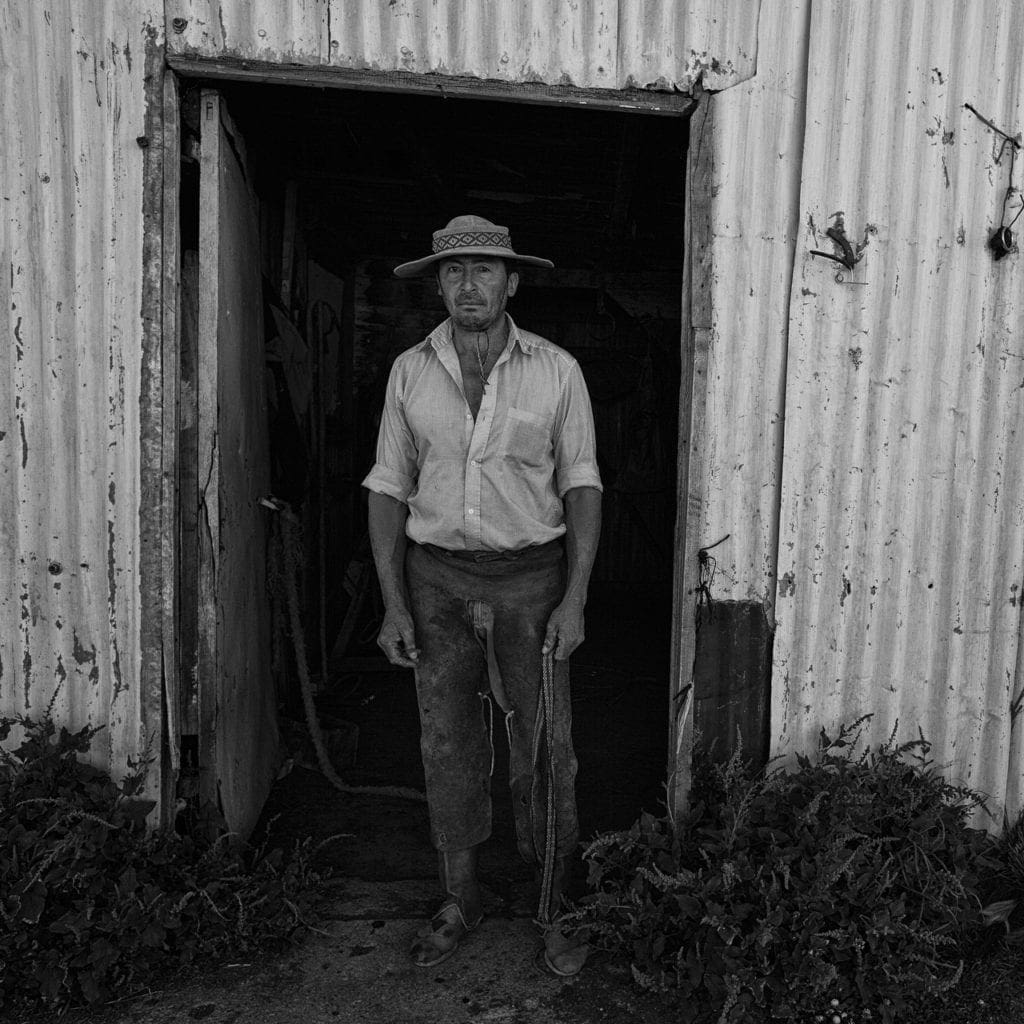
RICARDO, the landless
Born into a gaucho family of Tehuelche descent, since childhood, his eyes have been captivated by the boundless expanses of Patagonia. With the hard face familiar to the inhabitants of a place of harsh, windy winters and short summers, he embodies the profound meaning of the term huacho, which means ‘landless‘ in the Quechua language.
Getting on the back of a horse even before he learned to walk, Ricardo-and before him his father and grandfather-is a white savage living far from modern life.
Ricardo is 46 years old, lives in the foothills of the Andes and has never seen a big city.
Many animal species inhabit Patagonia’s boundless grasslands, even considering its expanse and sparse human presence. Among these, we find the guanaco– similar to a llama– a skilled runner, much sought after for its meat and warm coat, and for a long time, the primary source of livelihood for native peoples. As they move in flocks, guanacos become entangled in the fences that have appeared more and more frequently in recent years, especially in areas of higher population density. As a result, food for predators such as cougars, foxes, condors, etc.
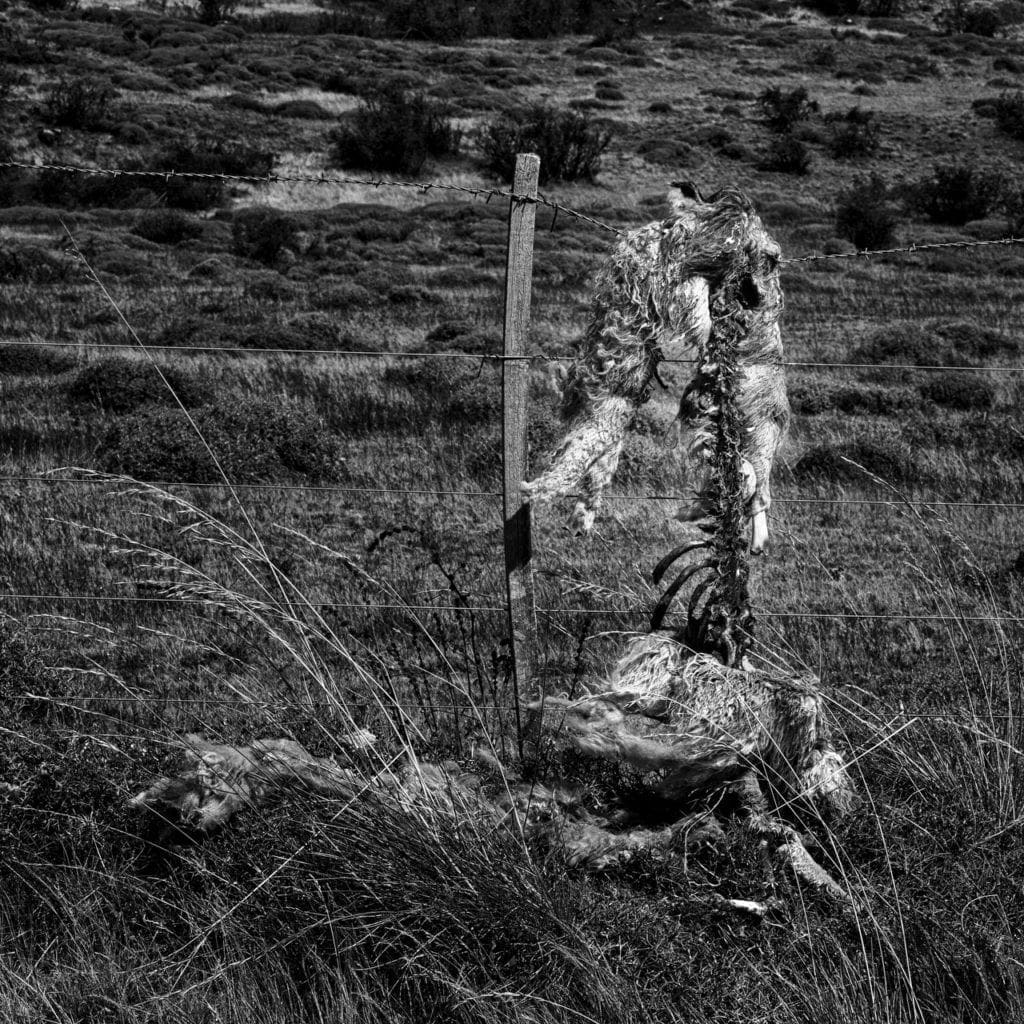

JAVIER, dancing his life
From faraway Andalusia, he crossed the ocean, bringing a passion from his homeland: dance. When he arrived in Argentina, he went as far south as he could go – to Patagonia – getting carried away by the dances and dances of the place, made up of tango, bolero, cumbia, and the continuous contaminations of the Andean peoples on the Chilean-Argentinean border.
Javier loves life, the simple things that only an earthbound existence can give. He is 35 years old, speaks three languages, and at Fin del Mundo, he has chosen to get lost, to keep searching for the rhythm of his dance.
Patagonia’s vast grasslands result in fertile breeding grounds for many types of livestock, including sheep. Valuable for their fleece-Patagonian fleece is particularly hot and hardy-many multinationals in the textile world have decided to acquire these, lands-especially following Argentina’s economic default in 2001, also to the detriment of native peoples-for their raw material production. Herds in small estancias do not serve large multinational corporations but are essential for needs and the tourist market.
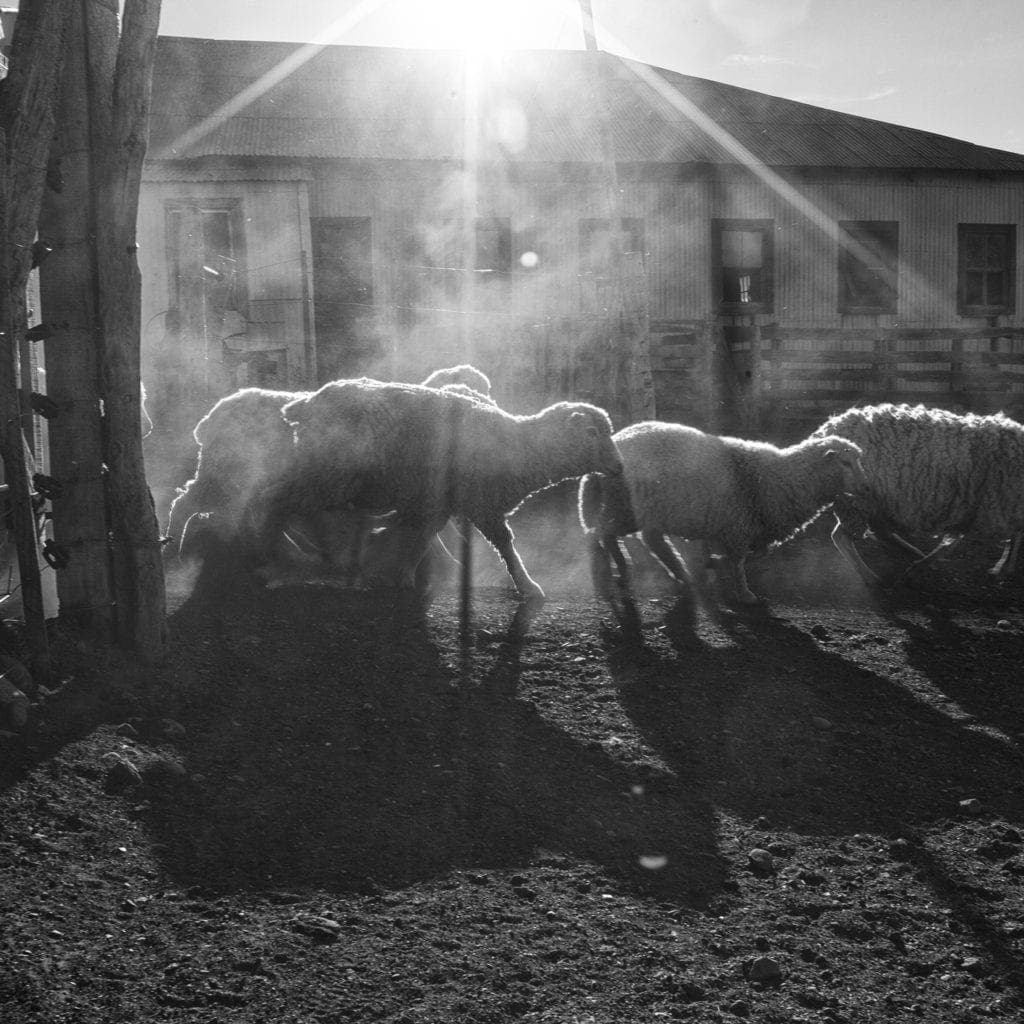
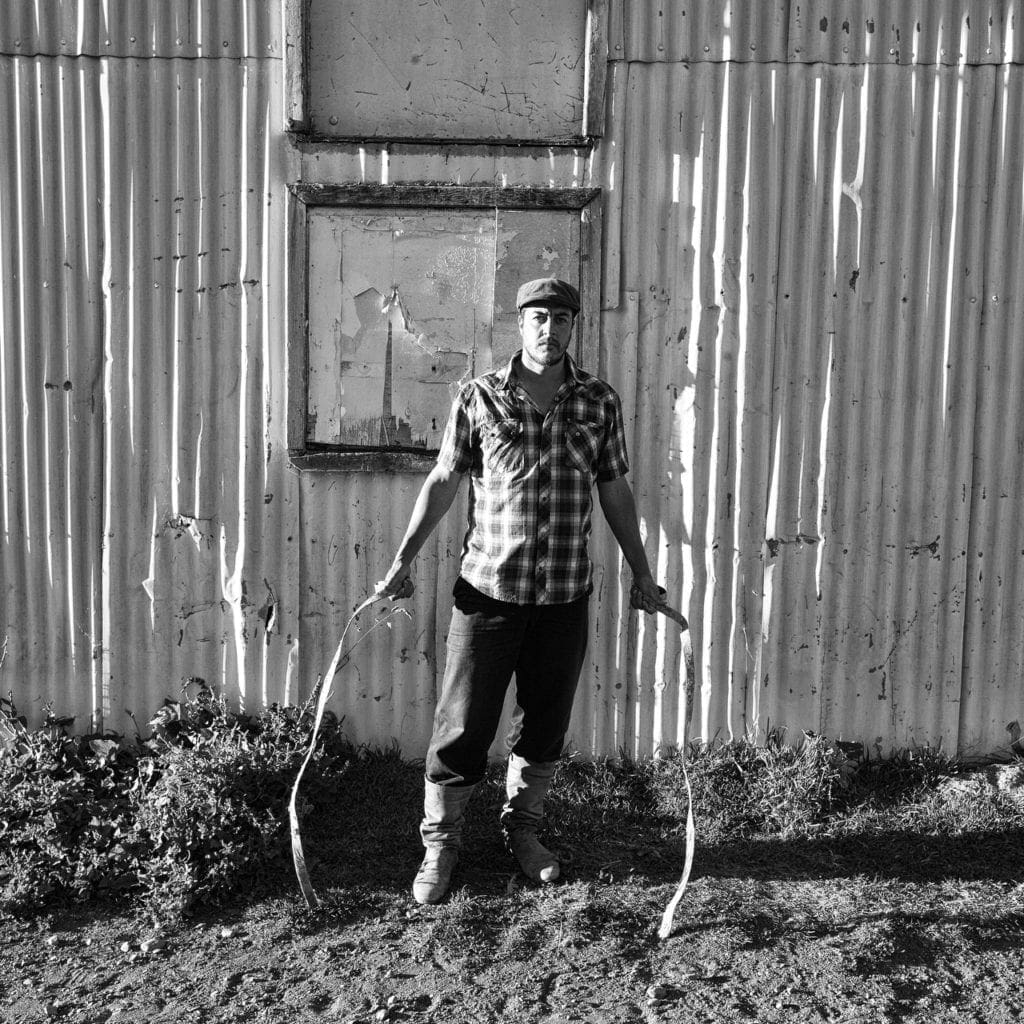
BERNARDO, on the trail of his grandfather
He is a city boy, from the north, in an area of Argentina where the seasons still cadence the rhythm of the days and where hot, humid summers force rest along the beaches of the Rio de la Plata.
Bernardo is 24 years old and has been spending his summers on an estancia in Parque Los Glaciares, in the foothills of the Andes, since his early 20s. Bernardo is not a huacho –his grandfather was– but perhaps for the sake of research and travel, he decided to retrace his family history by going back to live and work where it all began; because there is no future for the man who ignores his past and getting closer to the edge of the world allows you to get down to the bottom of yourself.
Patagonian sheep are valuable for their hot and durable fleece. Shearing is still done by hand, using giant scissors. Electric razors, which are faster and more practical, tend to scare away the sheep unaccustomed to loud noise. Hand shearing, the gauchos’ task, becomes an art passed down through the ages.
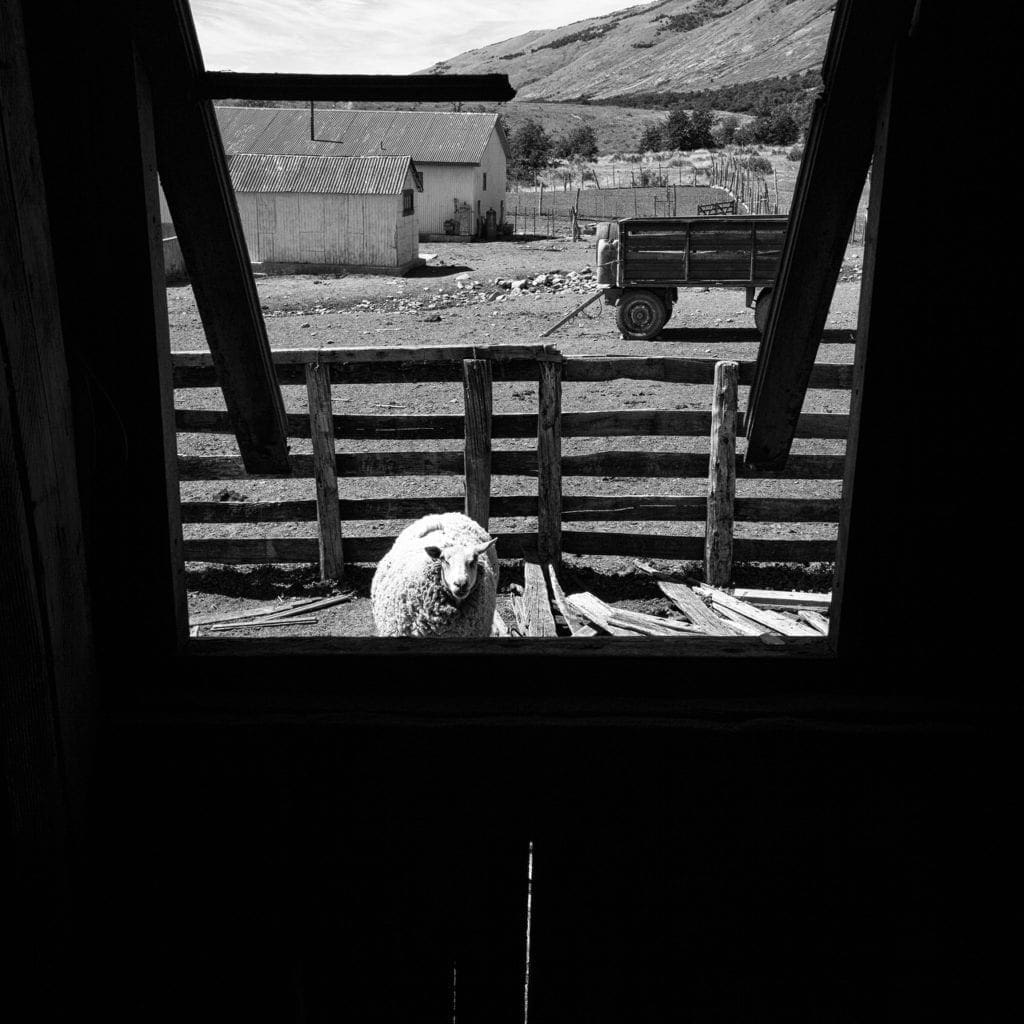
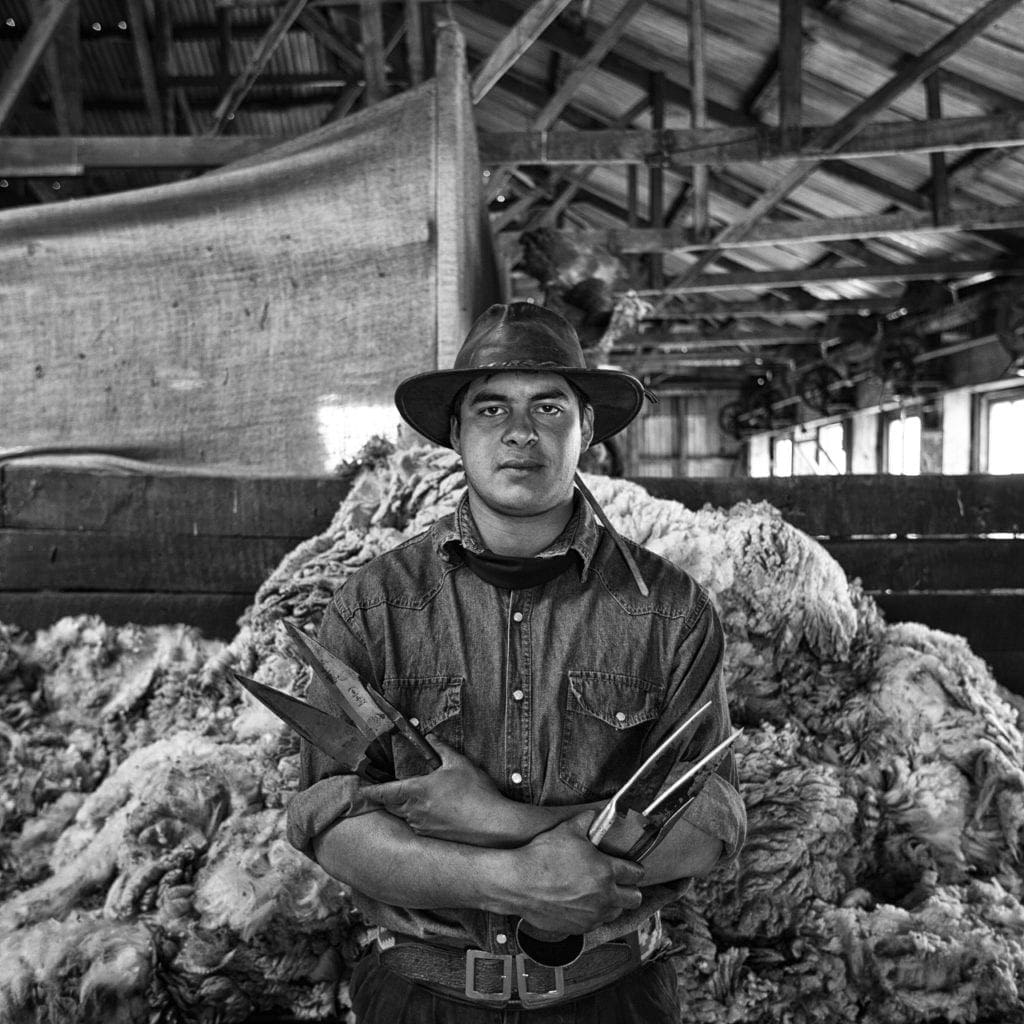
SANTIAGO, do not lower his gaze
He is 18 years old, and in his country, Colombia, he is studying to become a medical doctor one day.
He chose to take a sabbatical to travel to Latin America to discover the origin of his root. And like a story that repeats itself, she is discovering a hidden world of simple gestures and deep looks on this journey. He is earning respect and trust by starting from the bottom, getting his hands dirty with those who will walk that earth for a lifetime. Santiago will return to his country and, perhaps, one day, be a brilliant doctor.
At Fin del Mundo he had come with a promise to his mother: “never look down.”
Cattle ranching, in Patagonia, is second to sheep ranching, which in fact is the primary economic source after tourism. The low humidity, special climate and rich pasture vegetation make cattle breeding-along with pigs and horses-very high quality for slaughter. For this reason, too, Argentine meat is among the most sought-after and in demand worldwide.


RICARDO the gatekeeper
40 years old, Argentine from the first generations who in the early part of the last century were lost in the land of fire so dear to Magellan and Pigafetta. His story was born long before his own consciousness.
Ricardo is tasked with preserving one of the greatest traditions of Argentine cuisine: the Asado.
And theasador, who embodies life by transforming death, is like a priest called to accompany the passing. He has the responsibility for the tradition. He has the privilege of making the men’s banquet in the evening.
Ricardo the asador cures life by procuring death and cooking meat according to native rules and the rhythm of the land. And under his expert hands and ancient knife gestures, cattle raised on the remote plains of Patagonia are transformed and become a strength, become a family ritual.
The asador is a craftsman, and in the person of Ricardo, he becomes its art.
